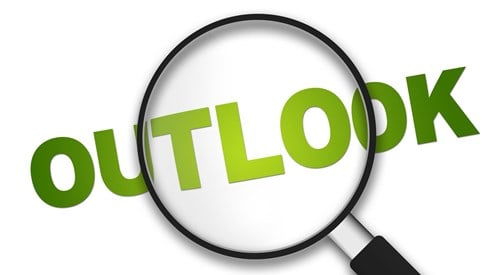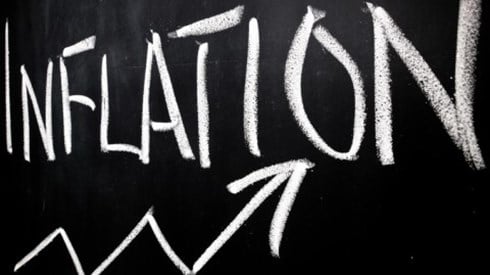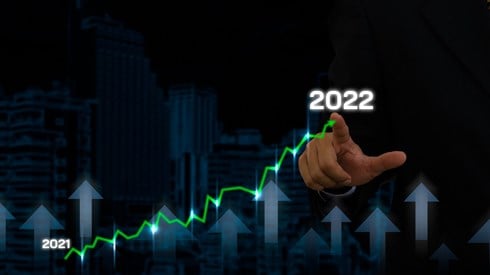Pace of Global Insurance Price Increases Continued To Slow in Q3

October 31, 2022

Global commercial insurance prices increased 6 percent in the third quarter of this year, though the pace of those price increases slowed for the seventh consecutive quarter, according to the Marsh Global Insurance Market Index.
Global composite commercial insurance price increases peaked at 22 percent in the fourth quarter of 2020, the Marsh report says.
The third quarter also was the 20th consecutive in which composite pricing rose, according to Marsh, continuing the longest run of increases since the broker first began compiling the index in 2012.
Composite commercial insurance pricing moderated in most of the world's regions during the third quarter of 2022, Marsh says, largely as a result of the first decrease in financial and professional lines since the third quarter of 2017.
Price increases for cyber insurance again outpaced those of other products during the third quarter, the October 26, 2022, Marsh report says. Cyber-insurance price increases moderated as well during the quarter, however, to 48 percent in the United States and 66 percent in the United Kingdom.
By region, third-quarter composite commercial insurance price increases recorded in the Marsh index were as follows.
- United States: 5 percent
- United Kingdom: 7 percent
- Continental Europe: 6 percent
- Latin America and the Caribbean: 5 percent
- Asia: 2 percent
- Pacific: 5 percent
Composite price increases decreased in the third quarter in every region except for Continental Europe and Latin America, where they remained steady, Marsh reports.
Marsh's third-quarter 2022 index is the first to break out cyber insurance from financial and professional lines. The index found the average property insurance increase was 6 percent in the third quarter, casualty insurance prices increased 4 percent on average, prices for financial and professional lines decreased 1 percent, and cyber-insurance prices increased 53 percent.
The 5 percent third-quarter increase in commercial insurance prices in the United States was down from a 10 percent increase in the second quarter. But Marsh found that US property insurance prices increased 8 percent in the third quarter, up from a 6 percent increase in the second quarter. This year's third quarter was the 20th consecutive quarter in which US property insurance prices increased, Marsh says.
Marsh found that total US insured property values increased 8 percent in the third quarter. The rate increases experienced by commercial property insurance buyers in the third quarter were driven by midyear changes in reinsurance markets, Marsh says.
Valuation was a focal point for US property insurers on almost every renewal, the Marsh report says, largely as a result of insurers' concerns over inflation, supply chain challenges, labor shortages, and loss experience where adjusted losses were well above the reported property values.
US casualty insurance prices increased 3 percent in the third quarter, down from a 6 percent increase in this year's second quarter, Marsh reports. Excluding workers compensation, the third-quarter increase was 5 percent, Marsh says.
During the quarter, US casualty insurers carefully monitored such areas as inflation, court systems reopening, the increased number of vehicles on the road, and recent hurricanes, the report says.
The US primary casualty market remained generally competitive in the third quarter, Marsh says, though insurers continued to seek price increases in some areas. "Incumbent insurers typically offered terms aimed at keeping casualty clients from going to market at renewal," the report says.
US casualty insurance prices continued to be driven by workers compensation, in addition to moderation of umbrella and excess liability price increases, which helped lower the average rate increases for auto insurance, Marsh says.
Excess liability rates increased 7 percent for US buyers during the third quarter, down from 16 percent in the second quarter, the Marsh index found. The US excess market continued to benefit from new entrants and increased competition, Marsh says.
US excess insurers continued watching for loss trends moving higher as courts closed during the COVID-19 pandemic continued to reopen and cases began moving more quickly, Marsh says. US underwriters also expressed increased concern over latency risks, such as exposures related to "forever chemicals," the report says.
US financial and professional lines prices decreased 6 percent during the third quarter, according to the report, down from a 21 percent increase in the second quarter.
Pricing for US directors and officers (D&O) coverage was down 9 percent during the quarter for publicly traded companies, largely as a result of new capacity and competition, Marsh says. That followed a 6 percent decrease during the second quarter.
Insurers were generally willing to increase capacity on US D&O towers during the third quarter, eliminating the need to have as many insurers on buyers' programs, Marsh says. Insurers looked to relationships on other more challenging lines such as cyber and fiduciary liability as they looked to win layers on US D&O programs, according to the report.
US fiduciary insurance markets continued to be challenged by adverse judgments and ERISA 401(k) plan excessive fee litigation, the Marsh report says, with insurers expressing concerns about the uncertainty of the product's pricing.
The average US cyber-insurance price increase of 48 percent in the third quarter was down from a 79 percent increase in the year's second quarter. "The cyber-insurance market experienced increased competition; more insurers increased capacity for insureds with strong cyber-security controls," the Marsh report says.
"Increased competition is due to many factors, including improved cyber-security controls, the effect of retention level increases and rate adjustments in 2021, reduction in claims frequency over the past six months despite no change in severity, according to many insurers, and higher interest rates leading to insurers seeking top line growth," Marsh says.
The insurance industry and the government continued discussions over systemic cyber exposures and the correlated nature of cyber risk, the Marsh report says.
October 31, 2022







